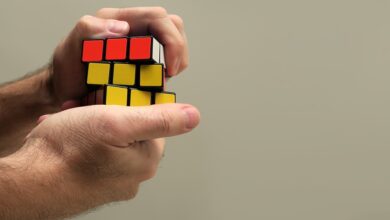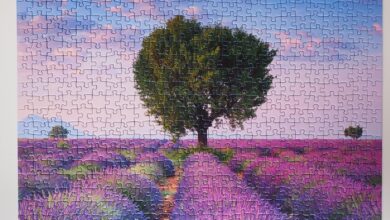The Art of Creating Puzzle Games: A Look at the Design Process

The process of creating a puzzle game involves several stages that require the careful consideration of the game designers. This article will take a closer look at the design process and the art of creating puzzle games.
Brainstorming and Concept Development
The first stage of designing a puzzle game involves brainstorming and concept development. The game designers come together to discuss ideas for the game’s objective, mechanics, and look and feel. They explore different themes that could be used to create a game and discuss what kind of puzzles would fit those themes. They also consider the audience for the game and determine what kind of puzzles would appeal to that audience.
Creating the Game Mechanics
Once the game’s objective and theme have been decided, the designers move on to creating the game mechanics. This involves deciding how the player will interact with the puzzles and what kind of puzzles will be included in the game.
The designers consider the game’s difficulty level and how it can be increased as the player progresses through the game. They also consider how the game mechanics can be blended with the theme. For example, if the game is set in a fantasy world, the designers might include puzzles that require the player to use magic or solve puzzles that are related to spells.
Prototyping and Playtesting
Once the game mechanics have been designed, the designers create a prototype of the game. Prototyping involves creating a preliminary version of the game to test the mechanics and identify any issues that need to be fixed. Playtesting with a sample of the target audience is critical to ensure the game’s success. This process helps the designers to understand how the players interact with the game, identify areas of the game that are too easy or too hard, and identify any glitches or bugs that need to be fixed.
Art and Graphics Design
After a successful playtesting session, the designers move on to the art and graphics design stage. This stage involves creating the visual elements of the game, including the game’s layout, characters, backgrounds, and animations. The designers work with an art team to create the visual elements of the game and ensure that they align with the game mechanics and theme.
Testing and Quality Assurance
Once the game’s art has been completed, the game designers and quality assurance teams perform extensive testing to identify any bugs or glitches and ensure that the game works correctly. This stage is critical to ensure that the game’s mechanics and graphics work seamlessly together to create a fun and challenging experience for the players.
In conclusion, creating a successful puzzle game involves a lot of hard work and creativity. The designers must brainstorm and develop a concept, create the game mechanics, prototype and playtest the game, design the art and graphics, and perform extensive testing and quality assurance. With careful consideration of these design stages, studios can create puzzle games that are entertaining, engaging, and visually appealing to their target audience.





